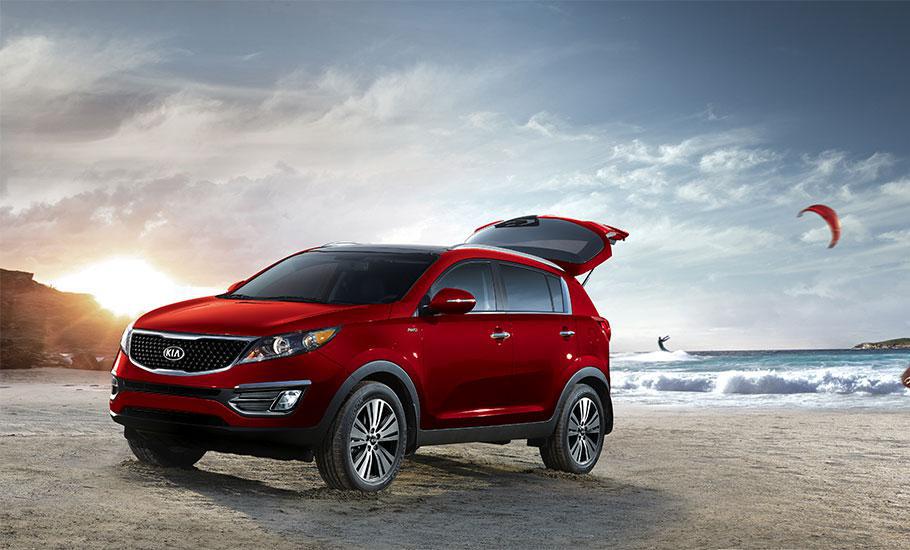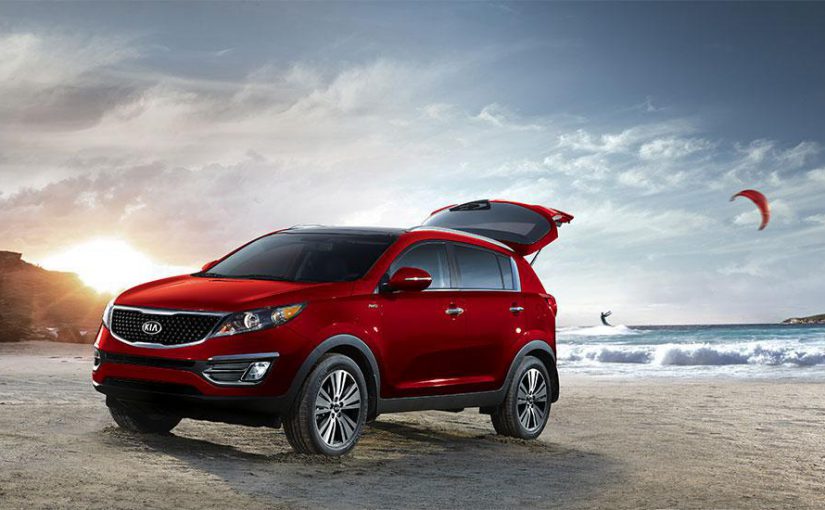
Hard News
The news of Apple rolling back its driverless car project exposes the raunchy terrain that autonomous car manufacturers have to climb
6.7 trillion dollars. The car industry will have a revenue potential of 6.7 trillion dollars by 2030.That was the figure that got the honchos at Apple to consider the unlikely. An Apple branded self-driving electrified car was always going to be a distant desire. To Apples’ credit, it pursued that singular ambition aggressively. In 2014, it launched a Project code-named Titan. Massive resources were deployed, engineers from the automotive industry were hired, design resources were diverted from the company’s incredible design team. Two years later that Project lies dead at arrival.
Apple goes after Tesla in discovering that the car industry is not ready for disruption. Yet. The thickest intractable challenge that Apple faced was the mastery of supply chains. Over the course of time the executives at Cupertino realised that building a car with not just sensors and software and displays, but bumpers and axles and engines–was perhaps a bridge too far for a company with zero practice in the automotive industry.
Cars are elaborate products with hundreds of moving parts. Car owners expect them to work reliably over the years, in every terrain and weather condition possible. These challenges are magnified by the massive scale that is required to turn a profit in the automotive industry. Reports state that the Project Titan leaders have until March next year to prove the feasibility of the endeavour. What that it means is that the end result of millions of dollars of investment could be nothing at all.
Meantime industry disruptors like Tesla are discovering that driverless cars are not realistically possible any time soon. Latest reports have cast aspersions over the autopilot mode which was touted as the harbinger of driverless cars. A 53-year-old driver died when his Model S left the road and hit a tree at high speed. The car was running in autopilot mode. The fattest challenge that cars with autonomous capability face is the fact that most of them do not have the capability to avoid lateral collisions. This was the case with the crash in Florida where a model S drove under a truck trailer, killing the driver. Today’s collision avoidance technology, or Automatic Emergency Braking (AEB) is defined as rear-end collision avoidance, and is designed specifically for that. This incident involved a laterally crossing vehicle, which current-generation AEB systems are not designed to actuate upon. The real takeaway from these incidents is that autonomous technology is far from ideal and human drivers need to be cognizant of their surroundings at all times.
This does not mean that autonomous cars are not the future. They are. According to a fresh probe, funded by Google and conducted by the Virginia Tech Transportation Institute, American drivers tend to underreport accidents by a rather drastic margin. Using implements such as data analysis and a telephone survey, the explore found that national figures—which are dependent upon accidents disclosed to the police—understate automobile crashes that result in injury by about twenty five percent, and accidents that don’t cause injury but result in property harm by sixty percent or more. Using the pre-existing data, Google’s self-driving fleet emerges to crash more than regular vehicles—but add in those unreported accidents, and all of a sudden, the Google cars are statistically safer than the piloted alternative.
Google’s core technology mavens may have realised this early on. From the get go, the emphasis was never on building a Google car but an autonomous driving system perfected to such an extent that driving errors become a thing of the past. What Google and Uber-another player in the driverless car market-have to deal with eventually is the regulatory compliance and liability issues that define the modern automobile industry. Dealing with compliance when you are a phone manufacturer(a safe device) compared to when you are a car manufacturer (an instrument which kills hundreds of thousands each year) is a different ball game altogether. Google and Uber don’t understand liability defense the way traditional car manufacturers do.
Maybe the future of the driverless car will be a Toyota car with an Idriver or a Googlebot. In the future traditional automakers are likely to be making the cars, but the self-driving system may well be purchased from Google or some other company building a blue sky capability.

